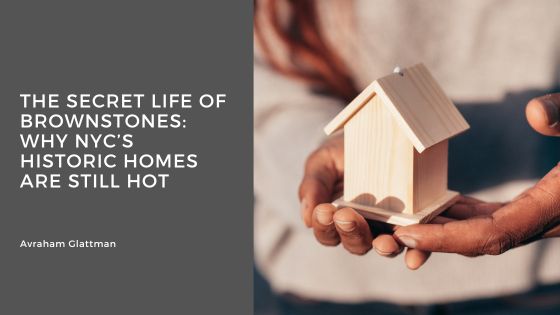In a city known for its gleaming skyscrapers and glassy penthouses, it’s easy to forget that New York’s charm also lies in its old bones—specifically, the classic brownstone. These elegant, stoop-front homes, often nestled in neighborhoods like Park Slope, Harlem, and the Upper West Side, continue to be some of the most coveted pieces of real estate in the city. But what makes these historic homes so enduringly popular, even as modern developments rise around them?
First, there’s the architecture. Brownstones, built primarily in the 19th and early 20th centuries, boast ornate moldings, grand staircases, high ceilings, and fireplaces that ooze character. No two are exactly alike, and for many buyers, owning one means owning a literal piece of New York history. The craftsmanship and attention to detail in these homes are nearly impossible to replicate with modern construction.
Then, there’s the neighborhood culture. Brownstones are typically found in tree-lined, residential blocks with strong community ties. These areas have retained a neighborhood feel that’s often missing in high-rise-heavy districts. Residents are likely to know their neighbors, shop at the same corner bodega, and chat on the stoop on summer evenings—offering a slice of small-town life within the urban grind.
Financially, brownstones are also proving to be smart investments. Despite NYC’s real estate market fluctuations, demand for these homes remains strong. Inventory is limited, and supply is fixed—there are only so many brownstones in existence, and that scarcity drives value. In recent years, some brownstones have fetched prices upwards of $5 million, depending on location and condition.
But there are challenges. Brownstones often require significant upkeep. Plumbing, roofing, and structural issues can be expensive to repair, and updating interiors while preserving historical features demands careful planning. For this reason, buyers often include renovation costs in their initial budget or look for turnkey brownstones that have already been restored.
In the end, the brownstone isn’t just a home—it’s a lifestyle. It speaks to a buyer who values history, community, and character over sleek minimalism. And in a city that’s constantly reinventing itself, there’s something magical about holding on to the timeless beauty of a bygone era.
